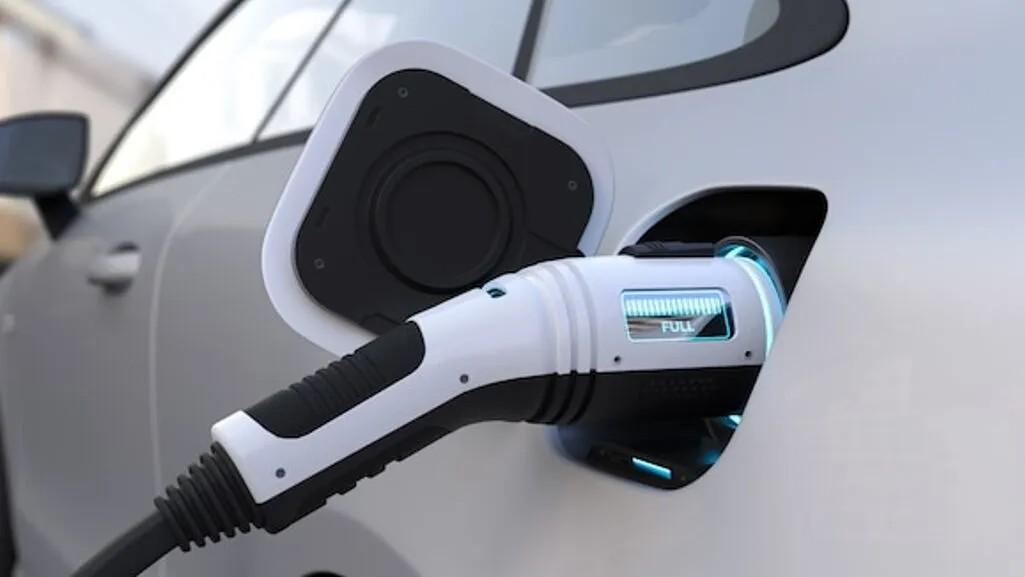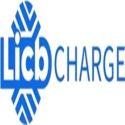Notifications

9 minutes, 4 seconds
-16 Views 0 Comments 0 Likes 0 Reviews

Introduction
As a leading EV charger manufacturer in China, LiCB Charge offers reliable AC and DC electric vehicle charging stations along with comprehensive charging solutions.
The adoption of electric vehicles (EVs) has reshaped the global transportation landscape, offering an eco-friendly and efficient alternative to traditional gasoline-powered cars. A key component of this transformation is the State of Charge (SOC), a critical metric that not only informs drivers about their vehicle’s battery charge but also influences decisions on EV charging, driving, and overall energy management.
In this exploration, we’ll dive into the significance of SOC, the various methods used to determine it, its impact on battery performance and longevity, the challenges in accurately measuring it, and its future role in the evolving EV ecosystem.
State of Charge (SOC) refers to the amount of energy remaining in an EV’s battery, represented as a percentage of its total capacity. A fully drained battery has an SOC of 0%, while a fully charged one reaches 100%.
For EV owners, SOC is a vital indicator of battery life, helping them:
Estimate Driving Range: SOC provides insight into how far the vehicle can go before needing a recharge.
Plan Trips Efficiently: It allows drivers to plan charging stops along their journey, reducing concerns over running out of charge.
Ensure Battery Health: Keeping the battery within optimal SOC ranges can help preserve its lifespan and overall performance.
SOC is typically displayed in real-time on dashboards, mobile apps, and other digital interfaces, ensuring drivers have constant access to this essential information while on the road.
Precise SOC measurement is crucial for effective EV operation. Several techniques exist for calculating SOC, each with its strengths and limitations.
Coulomb Counting
Principle: This method tracks the flow of electric charge in and out of the battery over time.
Advantages: Provides continuous and real-time SOC updates.
Challenges: Accumulated errors over time due to sensor drift, temperature changes, or battery behavior inconsistencies.
Open Circuit Voltage (OCV)
Principle: Measures the battery’s voltage when at rest (without load) and correlates it to SOC.
Advantages: Offers a quick and simple estimation of remaining energy.
Challenges: Temperature variations and battery aging can affect voltage readings, impacting accuracy.
Hybrid Methods
Many modern EVs use a combination of Coulomb Counting and OCV, enhanced by algorithms that account for external factors such as temperature and battery wear.
Machine Learning and Predictive Models
Advanced technologies use AI to refine SOC estimates by analyzing historical data, battery usage patterns, and environmental conditions.
SOC is not just a numerical value; it plays a pivotal role in various aspects of EV functionality, from performance to safety.
Protecting Battery Health
Optimal SOC Range: Battery cells perform best when their SOC is maintained between 20% and 80%. Charging or discharging beyond these levels can accelerate cell degradation.
Battery Management System (BMS): The BMS uses SOC data to prevent overcharging and deep discharges, protecting the battery from damage.
Maximizing Performance
SOC influences the vehicle’s power delivery, acceleration, and efficiency. EVs typically perform optimally when their SOC stays within a specified range, which may vary depending on the battery chemistry.
Estimating Driving Range
SOC helps estimate the EV’s range, which is impacted by factors such as battery size, driving style, and vehicle weight.
Improving Energy Efficiency
Regenerative Braking: SOC plays a crucial role in regenerative braking systems that recover energy during deceleration. Proper SOC management ensures that the energy is stored efficiently, enhancing range.
Energy Optimization: Accurate SOC readings minimize energy waste and optimize vehicle performance.
Ensuring Safe Charging
SOC influences the charging process. The BMS adjusts the charging rate based on SOC, ensuring:
Trickle Charging as the battery nears full capacity to avoid overcharging.
Fast Charging Control to regulate current and prevent overheating during rapid charging.
Effective SOC management is essential for long-term battery health. Proper SOC handling:
Prolongs Battery Life: Avoiding extreme charge levels—both full charges and deep discharges—helps reduce wear on battery cells.
Enhances Safety: Maintaining optimal SOC reduces the risks of thermal runaway and other safety hazards.
Boosts Resale Value: Well-maintained SOC habits can increase the resale value of the vehicle by preserving battery health.
Despite its importance, SOC measurement comes with challenges:
Accuracy Issues: External factors like temperature changes, driving conditions, and battery age can distort SOC readings.
Dynamic Conditions: Frequent acceleration, deceleration, and varying loads make it difficult to consistently predict SOC.
Battery Variability: Different battery chemistries and designs require customized SOC algorithms, adding complexity to the measurement process.
Advances in technology are set to improve SOC management further:
AI-Powered Algorithms: Machine learning models that analyze real-time data can provide more accurate SOC predictions.
Integrated IoT Sensors: Sensors connected to the battery can continuously monitor SOC, environmental conditions, and battery health.
Smart Grid Integration: SOC data can interact with smart grids to optimize charging schedules and manage energy flow more efficiently.
Bidirectional Charging: SOC management is crucial in vehicle-to-grid (V2G) systems, where EVs feed power back to the grid during peak demand times.
The integration of SOC data into EV charging infrastructure is evolving. Modern charging stations feature:
Dynamic Charging Profiles: Adjusting the charging current and voltage based on SOC to ensure safe and efficient charging.
Real-Time Updates: Charging stations provide SOC information via mobile apps or station displays for better user experience.
Ultra-Fast Charging: SOC ensures that fast chargers operate within safe parameters, preventing overcharging or excessive heat.
SOC principles extend beyond electric vehicles:
Home Energy Storage: SOC management is crucial in home energy storage systems, optimizing the use of stored energy.
Renewable Energy Storage: SOC helps manage the energy produced by solar or wind systems, ensuring it’s stored and used efficiently.
Industrial Applications: Large-scale battery systems in factories and warehouses rely on SOC for optimal energy usage and cost reduction.
State of Charge (SOC) is a fundamental aspect of electric vehicles that affects everything from performance and battery longevity to energy efficiency and safety. As the EV market continues to grow, the evolution of SOC management—powered by machine learning, IoT, and smart grids—holds great promise for making electric transportation more sustainable and efficient.
By understanding and optimizing SOC, we can drive the future of electric mobility, making it cleaner, smarter, and more reliable for everyone.Know more about Google SEO Directory
China EV Chargers EV Charger Manufacturer Smart EV Chargers Electric Car Chargers Electric Vehicle Chargers Electric Car Charging Stations

